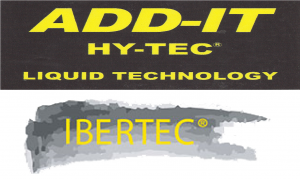Principle Of Trade Agreement
Studies show that the WTO has boosted trade. [17] [18] Surveys show that, without the WTO, the average country should expect a 32 percentage point increase in tariffs on its exports. [19] [126] The dispute settlement mechanism in the WTO is a means of increasing trade. [127] [128] [129] [130] There are important differences between customs unions and free trade areas. Both types of trading blocs have internal agreements that the parties conclude to liberalize and facilitate trade between them. The key difference between customs unions and free trade areas is their treatment vis-à-vis third parties[clarification of concepts required]. While a customs union requires all parties to set and maintain identical external tariffs for trade with non-parties, parties to a free trade area are not subject to such a requirement. Instead, they may import and maintain the customs procedure applicable to imports from non-Parties which they deem necessary. [3] In a free trade area without harmonized external customs duties, the Parties will adopt a system of preferential rules of origin to eliminate the risk of relocation.
[4] After integrating all the necessary background information, the working group focuses on issues relating to the gap between WTO rules and the applicant`s international and national policy and legislation. The working group sets the conditions for ACCESSION to the WTO for the candidate country and may consider transitional periods in order to allow countries some room for manoeuvre in compliance with WTO rules. [88] Seven rounds of negotiations took place under gatt (1949-1979). The first real GATT trade cycles (1947-1960) focused on further tariff reductions. Then, in the mid-60s, the Kennedy Round gave rise to a GATT anti-dumping agreement and a section on development. The Tokyo Round of the 70s was the first major attempt to eliminate and improve trade barriers that are not tariffs by adopting a series of agreements on non-tariff barriers that, in some cases, interpreted existing GATT rules and, in others, took completely new paths. As not all GATT members accept these plurilateral agreements, they have often been informally referred to as «codes». (The Uruguay Round amended several of these codes and transformed them into multilateral commitments accepted by all WTO members. Only four remained plurilateral (those relating to government procurement, beef, civil aircraft and dairy products), but in 1997 WTO members agreed to denounce the agreements on beef and dairy products, leaving only two. [27]) Despite attempts in the mid-1950s and 1960s to establish some form of institutional mechanism for international trade, gatt continued to work for nearly half a century as a semi-institutionalized multilateral body on a provisional basis. [28] Trade redirection means that free trade agreements divert trade from a more efficient supplier, a non-member, to a less efficient supplier within the free trade agreement.
. . .
